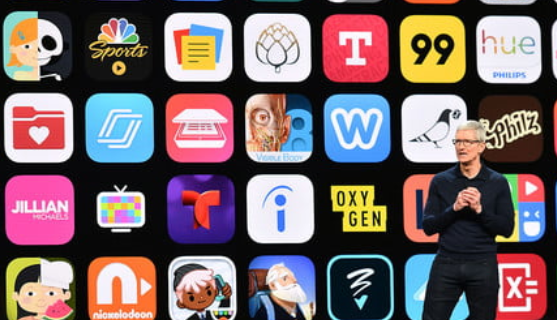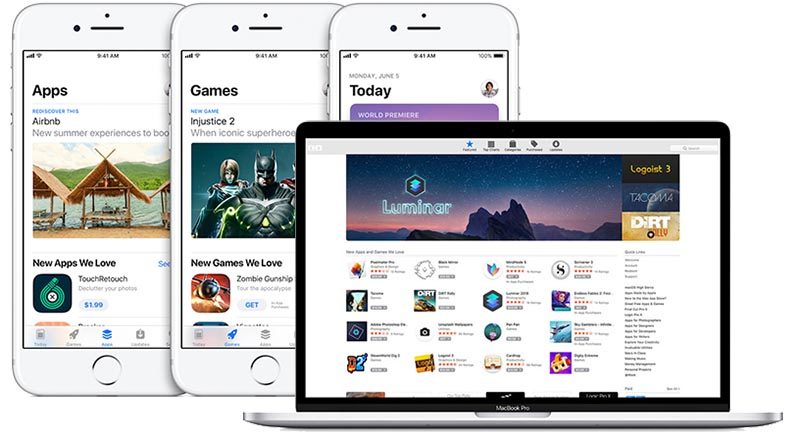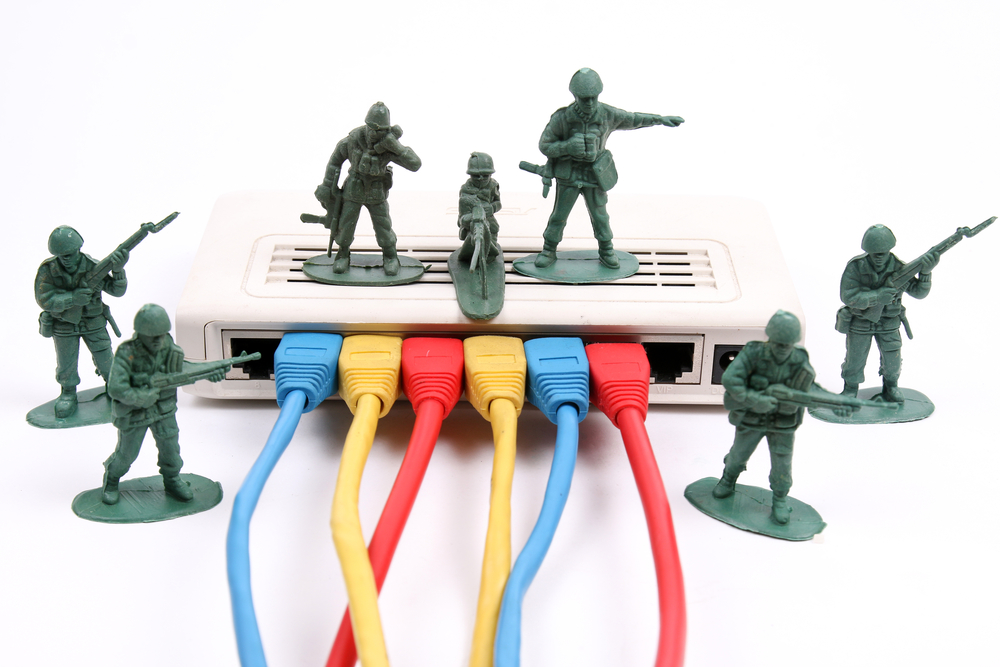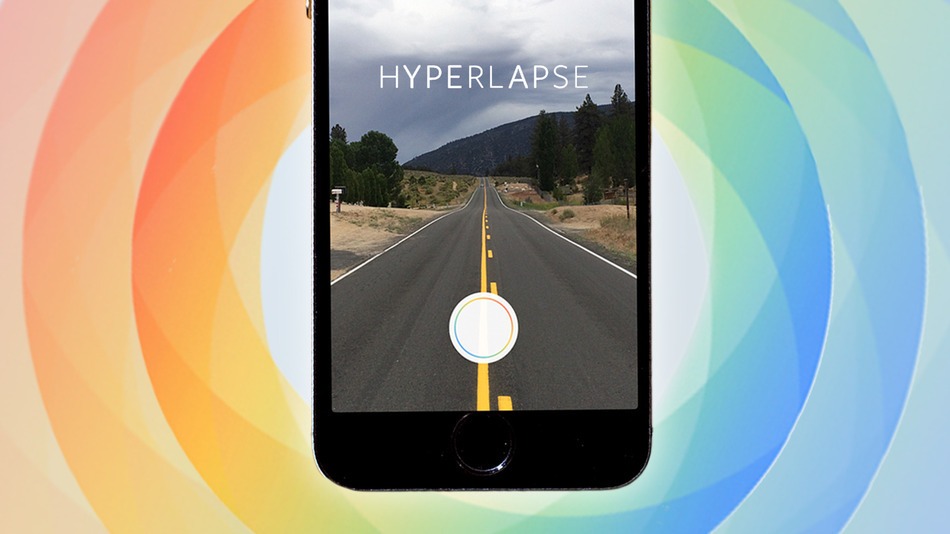Apple WWDC 2018
Software Steals the Show
This year’s Apple WWDC keynote, held at the San Jose McEnergy Convention Center in San Jose, was a big surprise for many, not for what it showcased, but for what it didn’t—hardware. Even though the event is clearly about software, Apple has gotten us used to announcements of future or refreshes of current products. But […]





